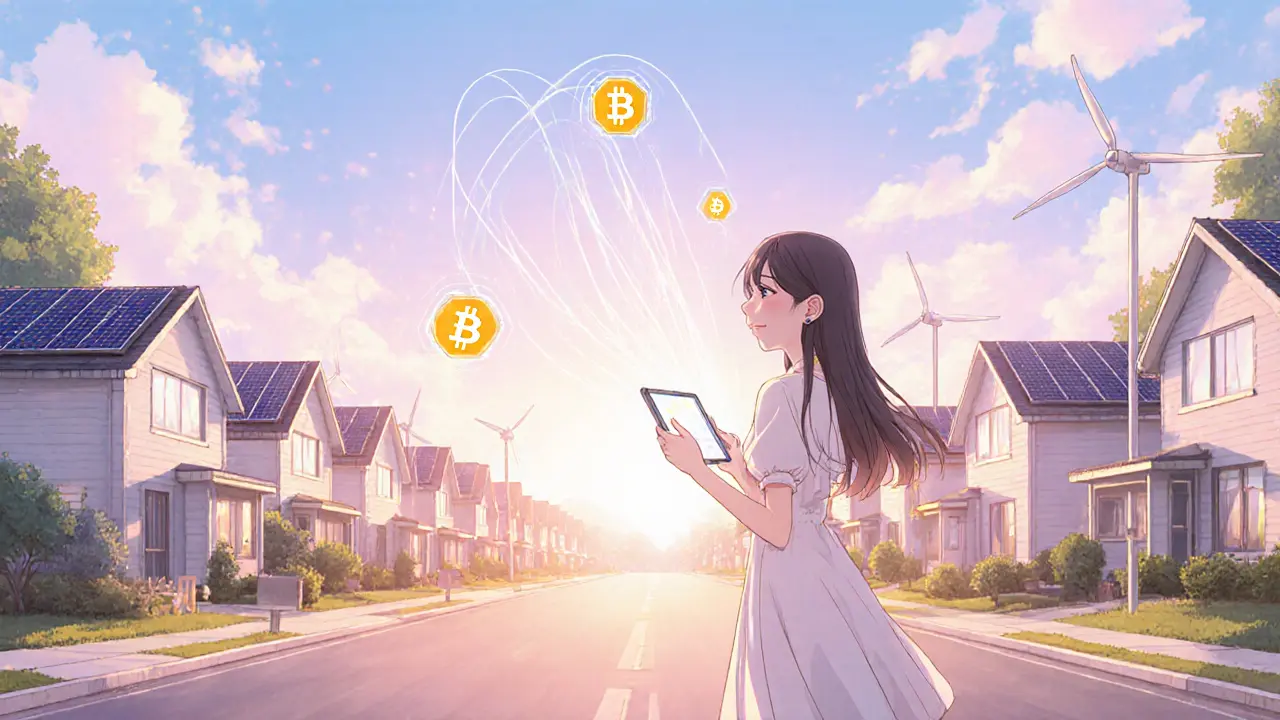Peer-to-Peer Energy Trading Explained
When you explore peer-to-peer energy trading, the practice of buying and selling electricity directly between producers and consumers without a central utility. Also known as P2P energy trading, it creates a two‑way street for power where households, businesses, and farms can become both sellers and buyers.
This model relies on three core forces. First, blockchain, a distributed ledger that records every kilowatt‑hour trade in an immutable way provides the trust layer that replaces traditional grid operators. Second, smart contracts, self‑executing code that enforces price, delivery and settlement rules automatically turn agreements into code, cutting paperwork and delays. Third, renewable energy, solar, wind and hydro sources that generate clean power at the edge of the network feeds the market with low‑cost, green electricity.
Key Components of P2P Energy Trading
Think of the ecosystem as a chain of simple attributes. Blockchain offers transparency (attribute) and immutability (value), which means every trade can be audited by anyone in seconds. Smart contracts bring automation (attribute) and enforceability (value), so once a buyer locks in a price, the payment and meter reading happen without human intervention. Renewable energy adds sustainability (attribute) and decentralization (value), allowing producers to monetize excess generation that would otherwise be wasted.
Microgrids act as the local stage where these pieces meet. A neighborhood microgrid bundles rooftop solar, battery storage and a small‑scale transformer, creating a mini‑grid that can operate independently or connect to the main network. Within that microgrid, peers barter power just like neighbors trade produce at a farmer's market. The result is lower transmission losses, faster price signals, and a community that owns its energy destiny.
Regulators are watching closely because the same technology that powers P2P trading can also help meet carbon targets. In many regions, policy frameworks now recognize blockchain‑verified renewable certificates, making it easier for participants to claim green credentials. Meanwhile, tokenization – turning a kilowatt‑hour into a digital token – adds liquidity, letting traders buy small fractions of energy much like stocks.
All of these trends converge in the article collection below. You’ll find deep dives on how blockchain underpins energy markets, step‑by‑step guides to building smart‑contract powered trading platforms, analyses of renewable‑focused microgrids, and practical advice on navigating emerging regulations. Whether you’re a homeowner curious about selling surplus solar, a startup looking to launch an energy marketplace, or an investor tracking the next big utility disruption, the posts ahead give you the tools and insights you need to act now.
How Blockchain Transforms Microgrids: Peer-to-Peer Energy Trading Explained
Explore how blockchain turns microgrids into decentralized energy markets, enabling secure peer‑to‑peer trading, smart contracts, and greener power management.
